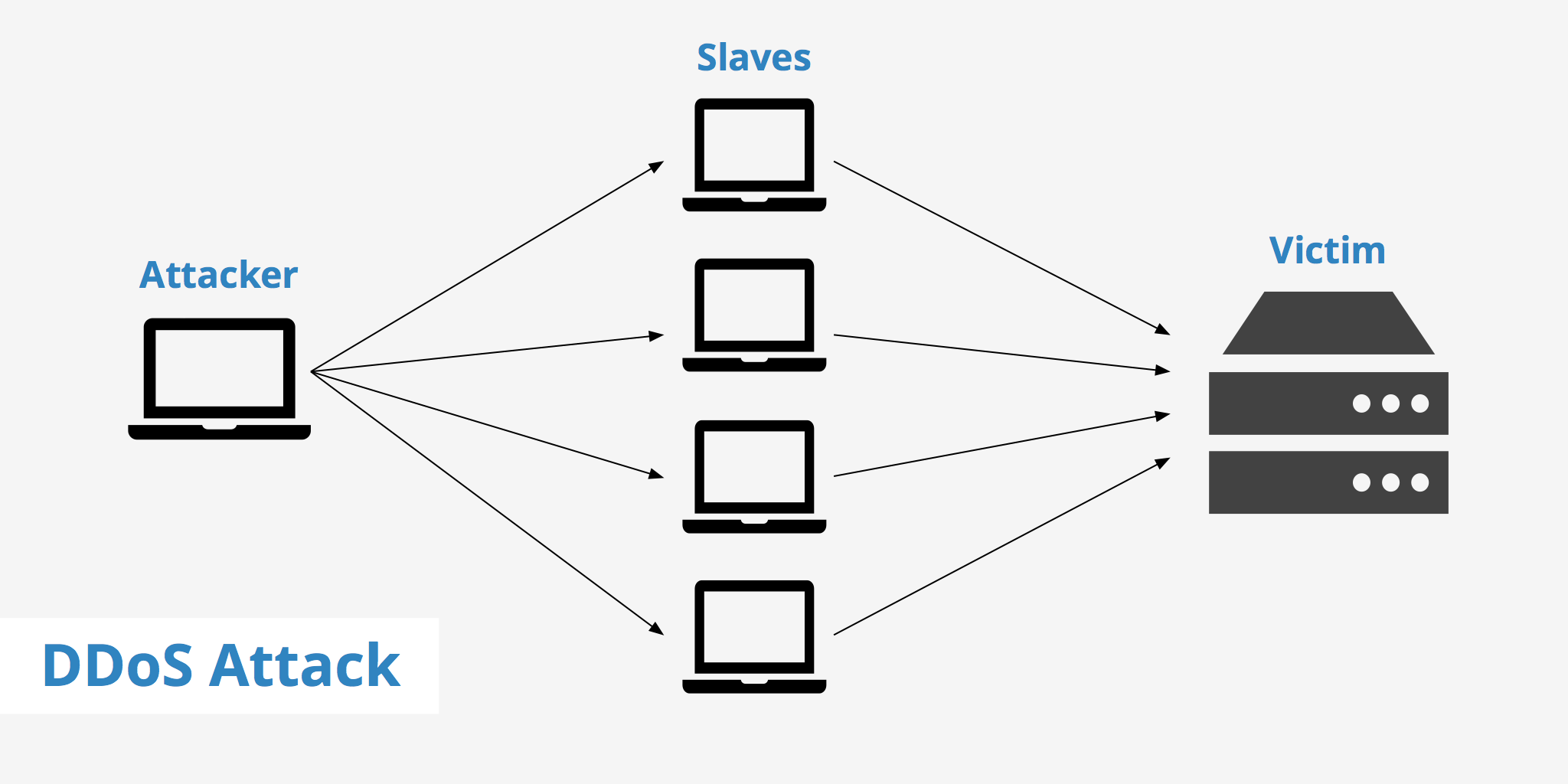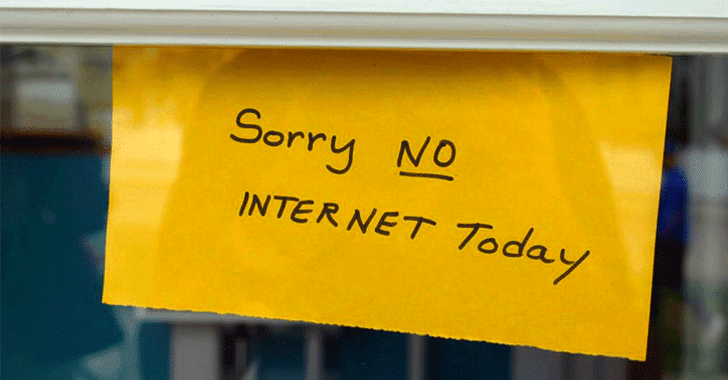
You can login just fine by the retail (or whatever version) client, bypassing Bnet that is under attack. The irony is blizz is doing the same thing with their content :/ Comment by liltwins on T17:56:18-06:00īetter make sure you all change the passwords on your accounts once you're able to get back in. This is blizzards fault for bad security for not preventing these attacks, and not peoples compromised machines etc doing it.

I hope the person behind it also gets arrested like that ukdrillas guy from last year or w/e Comment by Hardstyle on T17:49:13-06:00 Hopefully it's fixed soon so I can get back into Torghast, Tower of the Damned Comment by kabookiejoe on T17:45:06-06:00Ĭan't wait till someone appears talking about how its blizzards fault for bad security for not preventing these attacks, when its peoples compromised machines etc doing it. Well I guess I'll make sure I stay logged in then I guess lol Comment by WowheadFan2008 on T17:43:09-06:00 Some common examples of DDoS attacks are UDP flooding, SYN flooding and DNS amplification.Ĭomment by Snagprophet on T17:42:27-06:00 The scale of DDoS attacks has continued to rise over recent years, by 2016 exceeding a terabit per second. For example, merely purchasing more incoming bandwidth than the current volume of the attack might not help, because the attacker might be able to simply add more attack machines. These attacker advantages cause challenges for defense mechanisms. As an alternative or augmentation of a DDoS, attacks may involve forging of IP sender addresses (IP address spoofing) further complicating identifying and defeating the attack. It also makes it difficult to distinguish legitimate user traffic from attack traffic when spread across multiple points of origin.

Since the incoming traffic flooding the victim originates from different sources, it may be impossible to stop the attack simply by using ingress filtering. Multiple machines can generate more attack traffic than one machine, multiple attack machines are harder to turn off than one attack machine, and that the behavior of each attack machine can be stealthier, making it harder to track and shut down. A distributed denial of service attack typically involves more than around 3–5 nodes on different networks fewer nodes may qualify as a DoS attack but is not a DDoS attack. A DDoS attack uses more than one unique IP address or machines, often from thousands of hosts infected with malware. A distributed denial-of-service (DDoS) attack occurs when multiple systems flood the bandwidth or resources of a targeted system, usually one or more web servers.


 0 kommentar(er)
0 kommentar(er)
